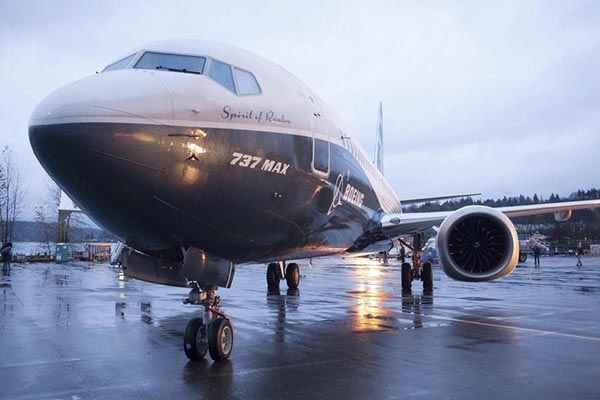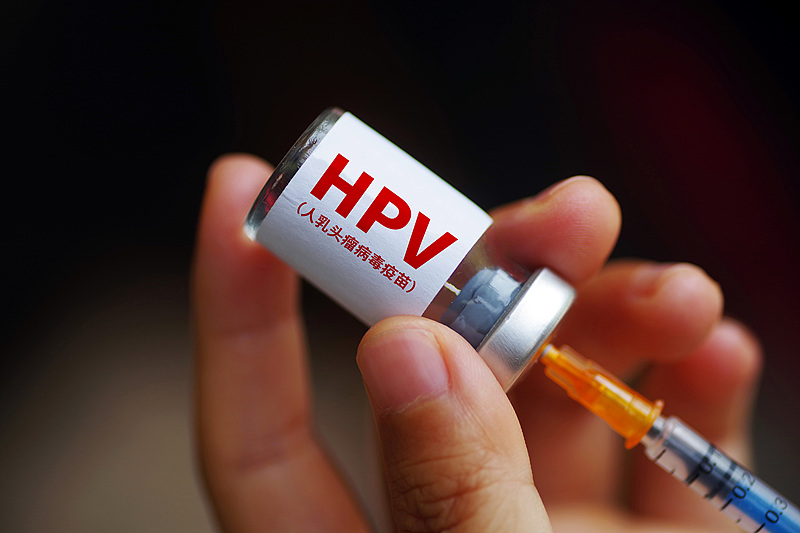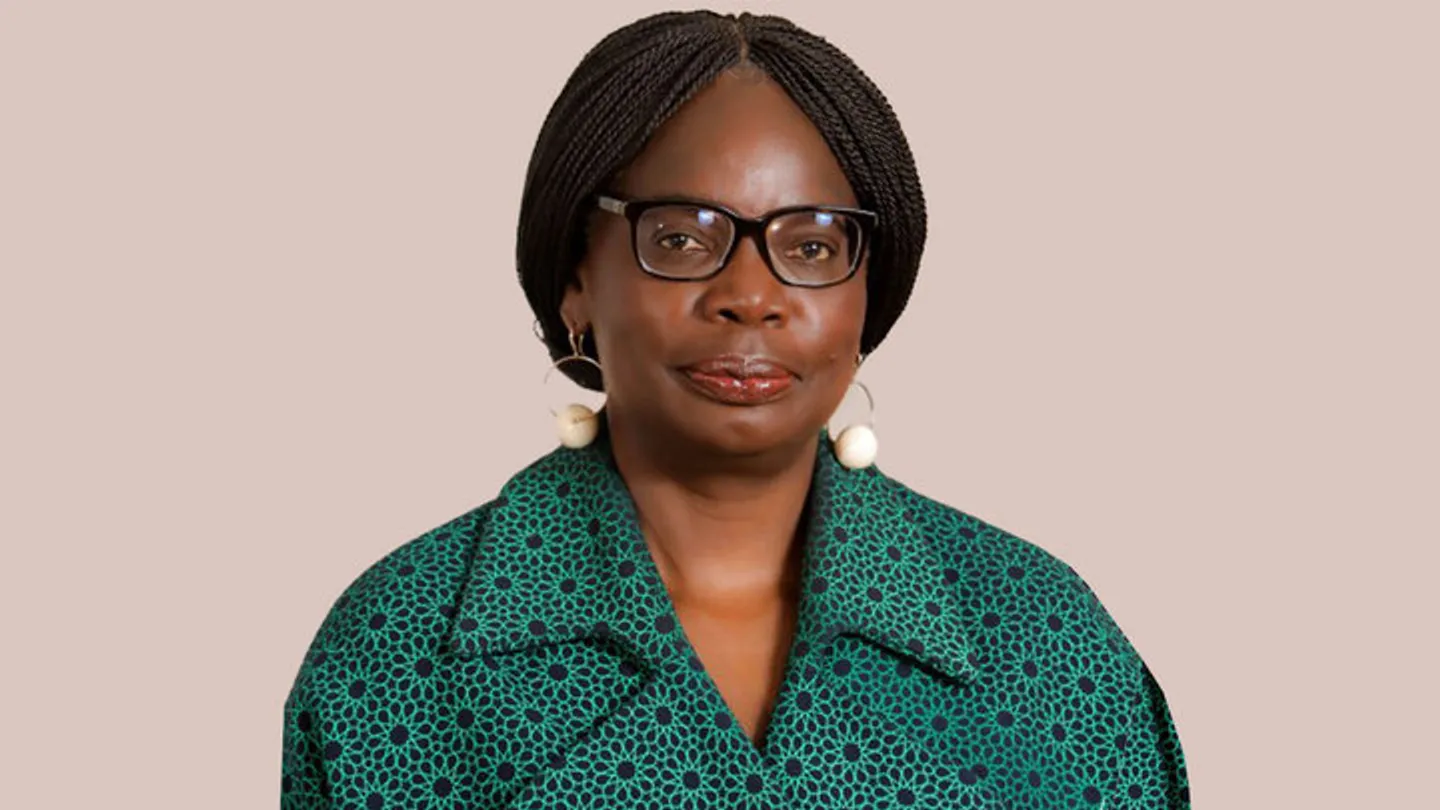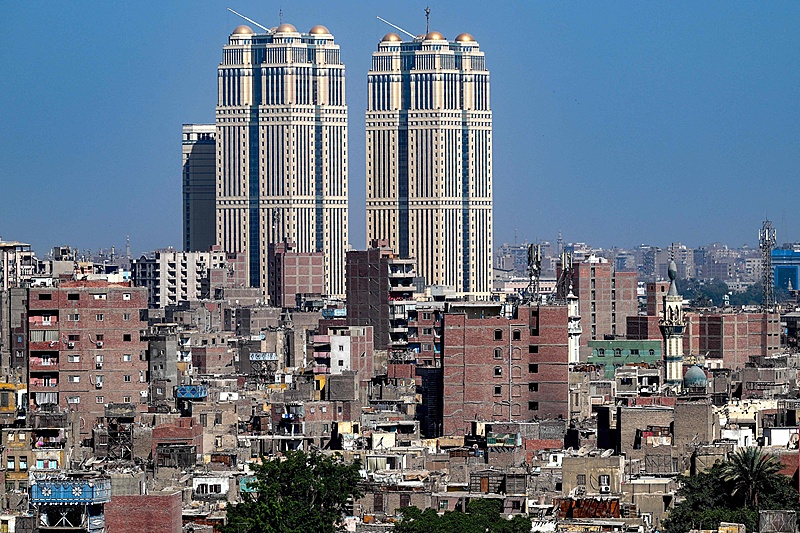
European regulator clears 737 Max for return to region’s skies
Europe’s top aviation regulator said he’s satisfied that changes to Boeing Co.’s 737 Max have made the plane safe enough to return to the region’s skies before the end of the year.
The announcement comes even though Boeing is yet to implement a software upgrade that the European Union Aviation Safety Agency (EASA) demanded. It could be two years before the upgrade is in place.
However, Patrick Ky, Executive Director of the EASA, told Bloomberg Friday that he’s satisfied with the changes Boeing has made to the aircraft.
“Our analysis is showing that this is safe, and the level of safety reached is high enough for us,” Ky told Bloomberg. “What we discussed with Boeing is the fact that with the third sensor, we could reach even higher safety levels.”
The EASA will share its findings in a draft airworthiness directive it expects to issue next month.
Next month’s published review will be followed by four weeks of public comment, while the development of a so-called synthetic sensor to add redundancy will take 20 to 24 months, Ky said. The software-based solution will be required on the larger Max 10 variant before its debut targeted for 2022, and retrofitted onto other versions.
Ky said the synthetic sensor would simplify the job of pilots when one or both of the mechanical angle-of-attack sensors on the MAX fails.
Problems with the sensors, which monitor whether a plane is pointed up or down relative to the oncoming air, are believed to be what caused two separate crashes that took 346 lives and prompted all 737 MAX planes to be grounded in March 2019.
The EASA’s comments mark the firmest endorsement yet from a major regulator of Boeing’s goal to return the 737 MAX to service by the end of the year following numerous delays and setbacks.
While the U.S.-based Federal Aviation Administration, Boeing’s main certification body, is further along in its review, it has held back from making predictions about the timing. FAA chief Steve Dickson flew the Max late last month and said he was “very comfortable,” but the process wasn’t complete.
Story compiled with assistance from Bloomberg and wire reports






